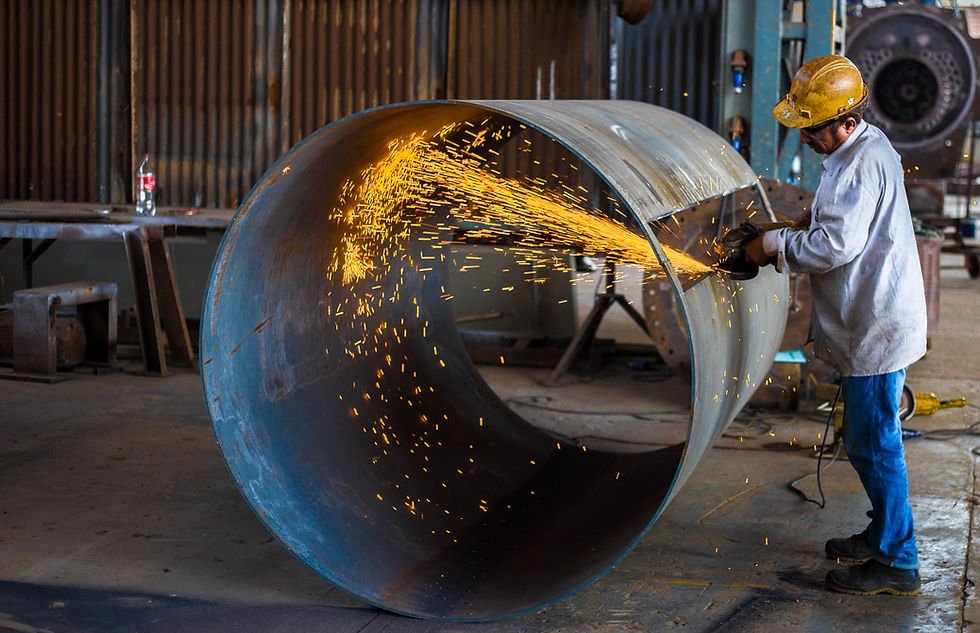Phase Diagrams
- Kathryn
- Nov 12, 2018
- 1 min read
Updated: Mar 4, 2023

Equilibrium Phase Diagrams contain recorded thermal changes which take place in alloys ie from liquid to solid structure.
The example below shown is of a complete solid solubility, which would appear as a 'single phase' when solidification has been completed. These liquid and solid phases are defined as separate regions that differ from one another.
Elements are combined in a certain way when solidification takes place during cooling. At a temperature of 1500 degree C the metal is liquid, during the cooling effect at 1083 degree C the liquid metal changes into a solid state. During this cooling phase, recordings of the effects are taken until solidification ceases and the metal is at room temperature.
You will note that as the chemical's composition changes from liquid to solid, the range changes being lower when small amounts of nickel are added and higher when larger amounts are added.
It is important to take these recordings to understand the changes in the casting temperature for an alloy composition.

The microstructure of this alloy, when examined under a microscope, would be a 'single phase' with no dendrites. Other alloy systems using copper, for example with zinc, can have 3 different phases and have dendrites, depending on the chemical composition and cooling rate.
If you would like to know more email: enquiries@m-cets.co.uk










Comments